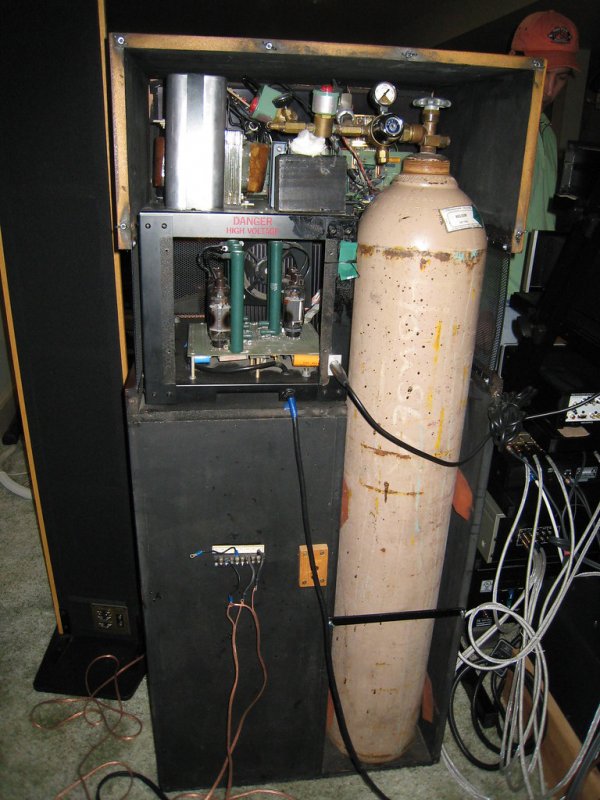In my experience, where you do benefit hugely is what I’m talking about above, using audiophile approaches to IT topics. If you are going to use IT equipment and techniques to listen to music and you care about ultimate sound quality as measured by your enjoyment, involvement and sub-conscious emotional response, there’s no such thing as ‘purely IT’ because every step in the IT chain has an effect on the final sound and if you don’t consider that as an audiophile, you will definitely prefer the sound of analog and with good reason.
Think about this. It’s a widely held belief amongst IT savvy audiophiles that a streaming router based on the Puma chipset sounds significantly inferior to a router based on the Broadcom chipset.
In order for that to be the case, the improved output from the router has to pass though and improve every other process between the router and your DAC. In order for it do that, the incoming data stream has to affect and improve the output….of every module in the network. Bear in mind, you may be converting the signal to radio waves or light, converting it back, passing it through a switch, into a server, where it may be reclocked, buffered, then retransmitted over Ethernet or USB. All those processes must be sensitive to the quality of the incoming signal and respond by improving their output. Better in = better out
What this means is that if you can improve the sound quality by improving your router, the exact same logic must apply to every other component on the way through your network. A better incoming signal gives a better output.
Back to technical discussions - my apologies...
While I will not deny your experience (and similar ones by many other audiophiles), I think your conclusions can be challenged.
Network errors are one thing (this is purely IT).
Noise reduction in the digital signal is a different issue. All I am suggesting here is that depending on the DAC you use, the upstream noise issues may have very little impact on the sound quality.
I am not trying to convince anyone, I am just sharing my experience (and trying to explain the logic behind it, but I don't claim to be an "expert"). I also see that some well-respected brands (ex:MSB) are going in that direction. Moreover it is interesting, at least to me, that there are a few similarities between MSB's solution and the one I use. But this would get pretty technical.
P.S.: I am NOT an ASR-type "objectivist"!
Last edited:











